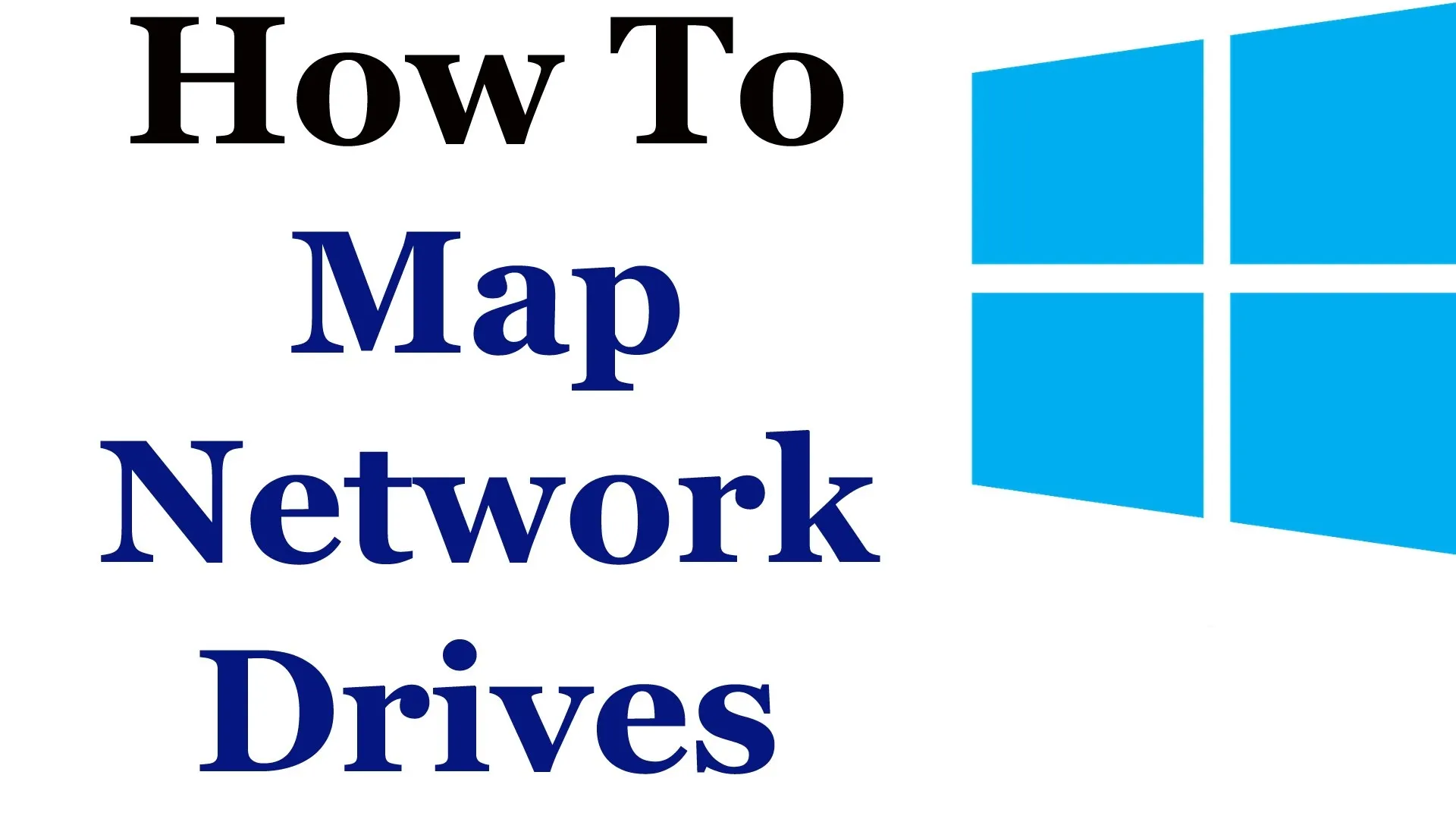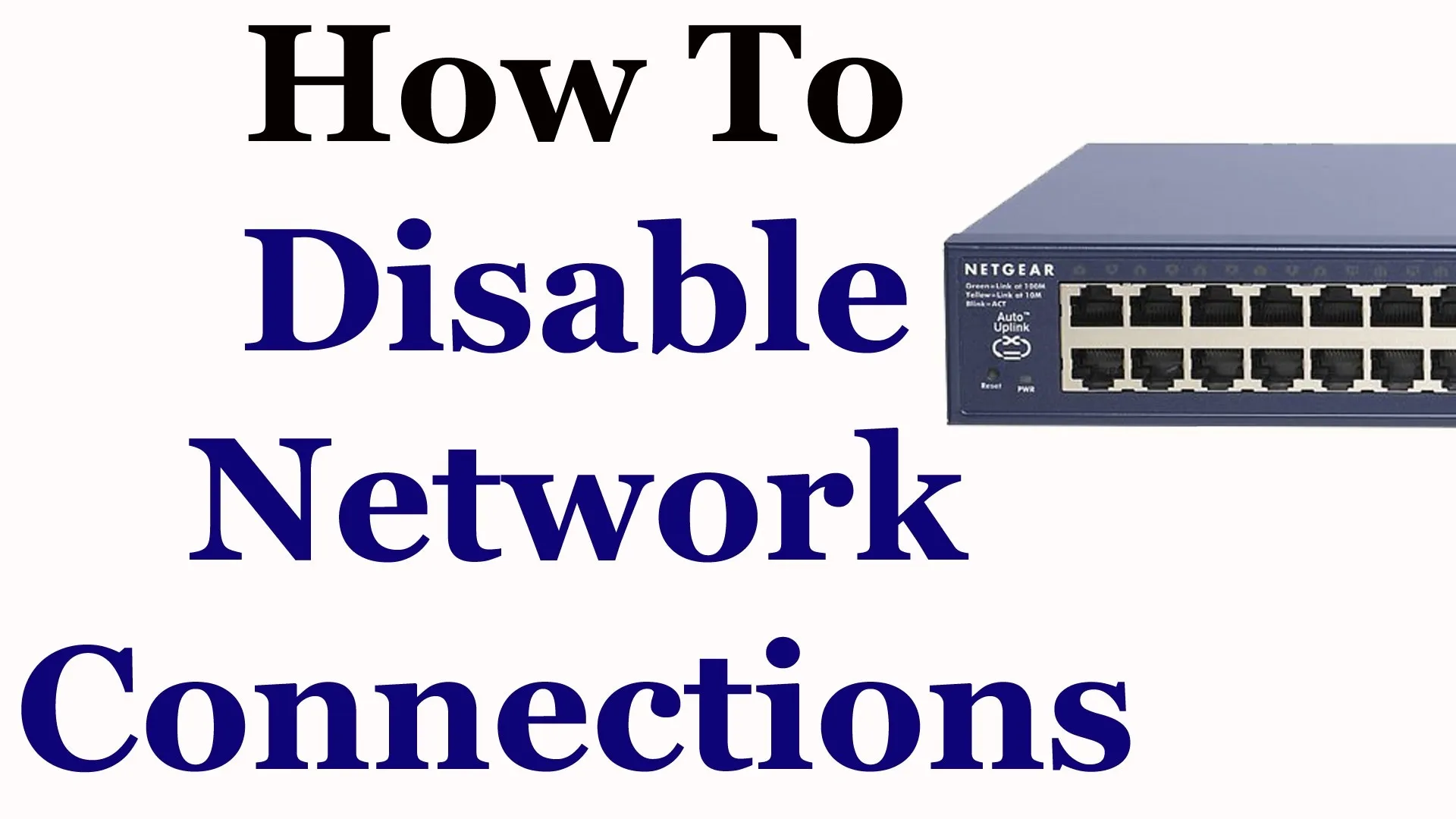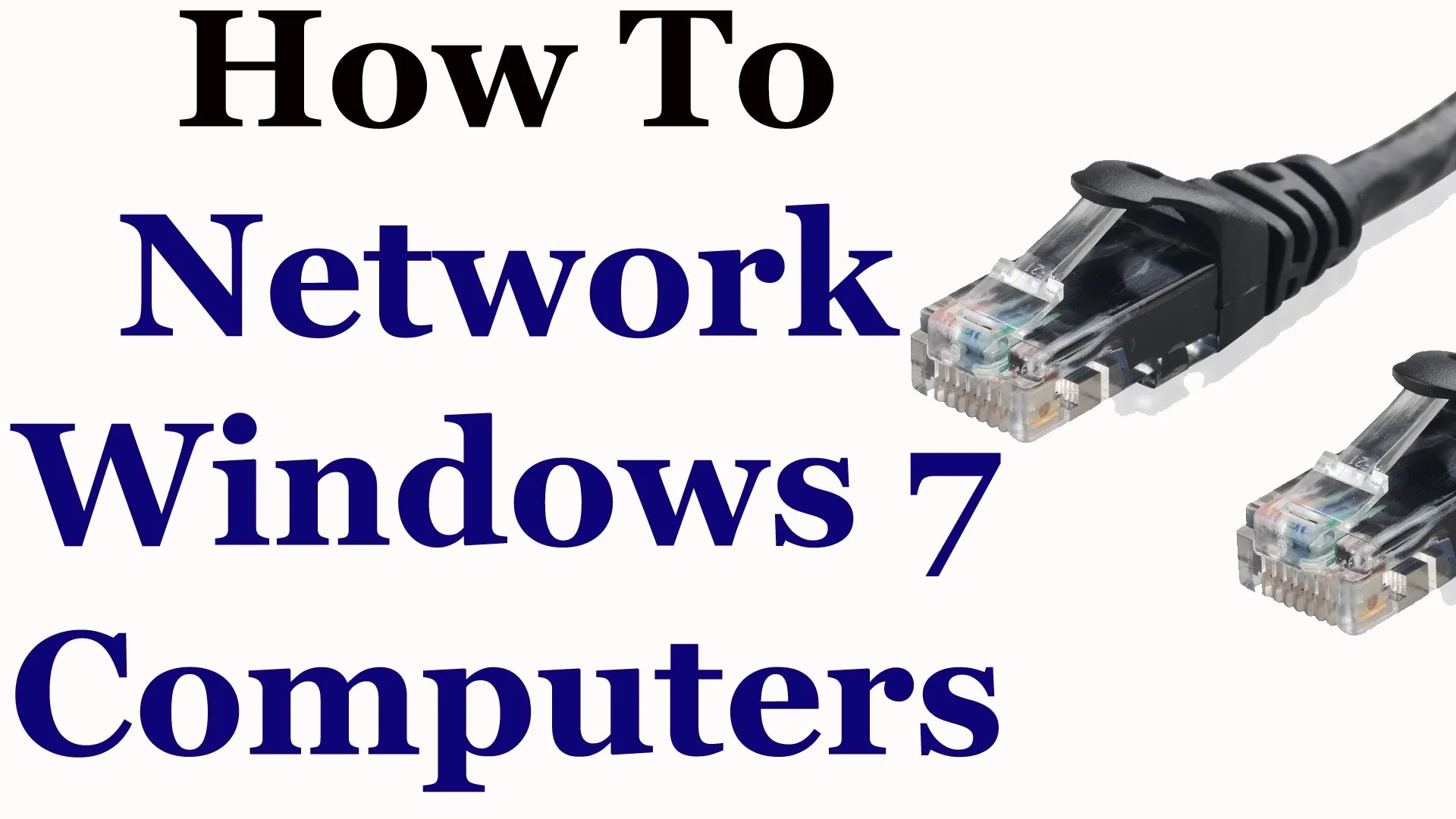Did you know that bandwidth utilization is a key statistic that network management systems report on? In terms of remote sites, this type of traffic analysis is very important to getting network performance operating at peak levels so that users are able to get what they need to done.
Let’s look at this from the perspective of a user-reported default. In this case, say you have some remote sites in addition to your main location where your datacenter is located. A user from a remote location calls to report that the internet is down. You know that this is probably not really the case, especially if your network management system is not showing any problems. Instead, try these steps:
- Telnet to the router at that remote location to see if it is up.
- Ask the user what he/she was trying to do on the internet. Getting a URL or other resource location is very helpful.
- If you can access that resource from headquarters or wherever you may be, there may be an internal network problem.
- This is usually related to performance issues. Check the bandwidth utilization on your connection from headquarters to that remote location using your NMS. Via SNMP one can evaluate bandwidth utilization on interfaces. If you don’t know how to set up SNMP, take a look at this guide called Enabling SNMP on Windows Servers.
- Use your best judgment on whether the link is highly utilized for that particular time period. If the link is usually highly utilized during this time, you may want to consider if there is a problem with the internet resource itself. A good way to do this is to use downorisitme to check from a third party.
- At this point, you should probably use traffic analysis to figure out the problem. Analyze your flows to see if there are a few users that are hogging all of the bandwidth available.
- Still stuck? Check on your recent changes. Having a robust change management tool can help you track down what configuration modification could have caused the underlying problem.
The following steps are a great way to try to examine link and device performance, but it can only go so far if you don’t have the right tools. That’s why when you are looking for the right network management software, you should have a solution that excels in the following areas.
Device performance. Compared with interface or link performance, device performance is quite different. That’s because device performance is referring to the entire physical device. CPU load, memory consumption, router buffer usage are specific device metrics that encompasses this type of performance, and this also includes virtualized devices. I point this out because with today’s technology environment, a network management system has to be capable of properly monitoring VMs along with other devices on the network.
Reporting. Reporting is important when factoring in a network management system. You need to be able to take the incoming data that you are receiving so that it can be properly displayed, perhaps for those who may not be quite as technically savvy as you are. Remember, having this data is great, but if you don’t have a good way to properly organize it, is it really that useful?
Alerting. When something goes wrong, you want to be the first to know, keeping in mind its better to be aware of issues before your users start to experience problems and contact you. When or if they do call, you want to have a vague idea that something is wrong, right? That’s why having software that offers customizable alerts that give you the freedom to trigger a notification based on your own specification is incredibly important.
For more information, as well as visual representations of the example network above, please check out this Link and Device Performance clip that will show you a diagram that can help you better understand where to detect fault and performance issues.






















Comments
Be the first, drop a comment!